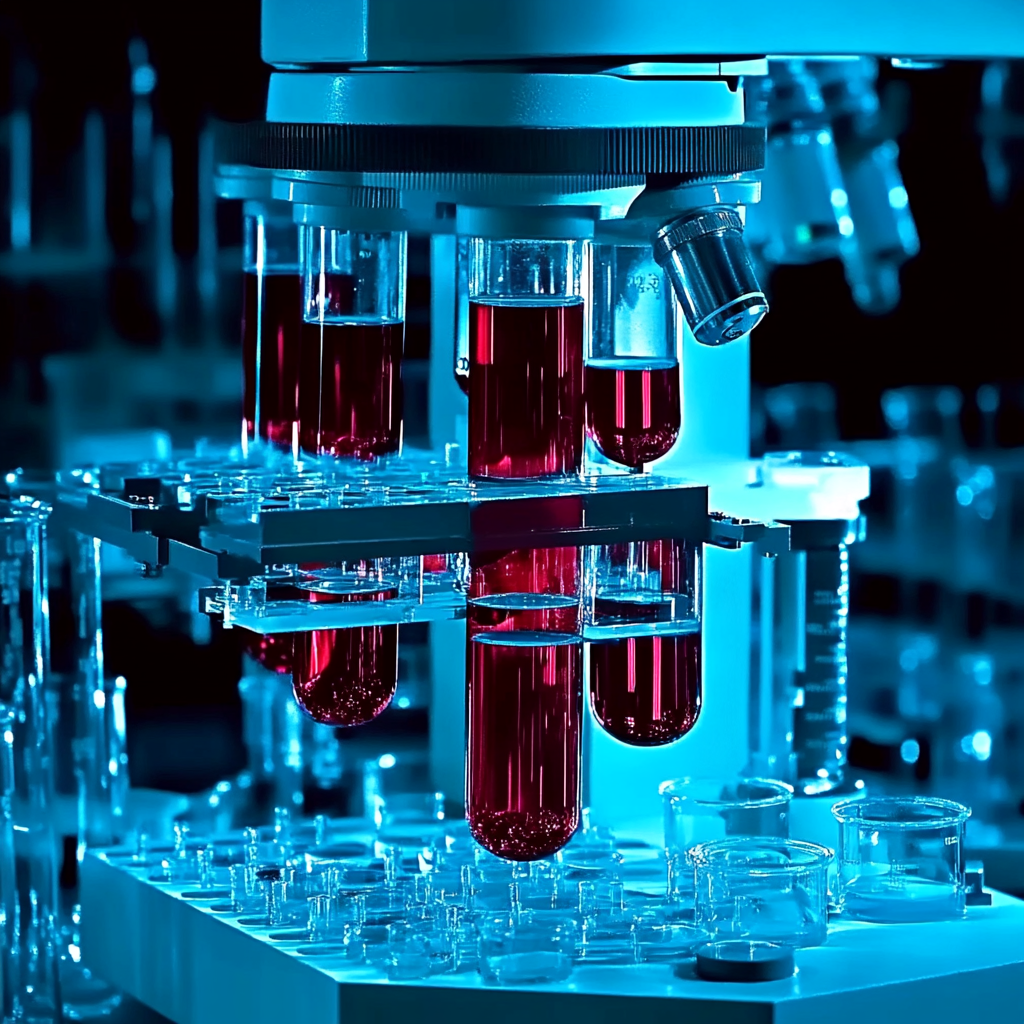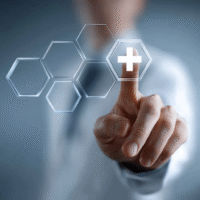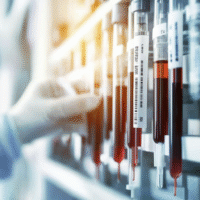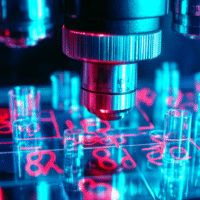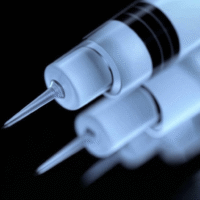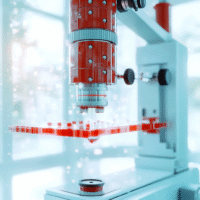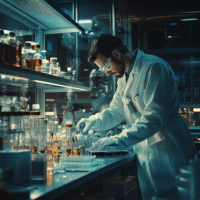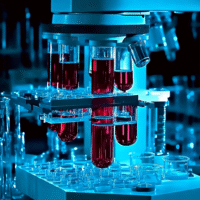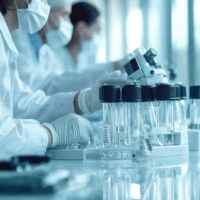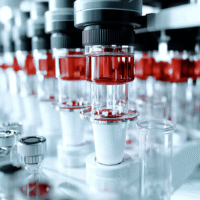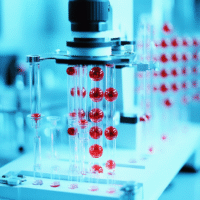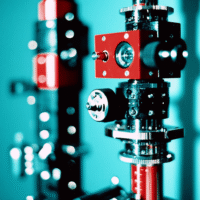Understanding the Study
This study looked at a new way to treat depression using a method called high-definition transcranial direct current stimulation (HD-tDCS). This method sends a small electric current to the brain to help improve mood.
What Worked?
- Participants who received active HD-tDCS therapy showed a significant improvement in their mood compared to those who received a sham (fake) treatment.
- The average improvement in mood was measured using a scale called the Hamilton Depression Rating Scale (HAMD). The active group improved by 7.8 points, while the sham group improved by 5.6 points.
- HD-tDCS was generally well-tolerated, with few side effects.
- There were also signs that this treatment could help with anxiety symptoms.
What Didn’t Work?
- While the treatment was effective, it is still unclear how long the benefits will last without follow-up treatments.
- More research is needed to confirm the best ways to use HD-tDCS for long-term results.
How Does This Help Patients and Clinics?
- This treatment offers a new option for patients with moderate to severe depression, especially those who have not found relief from traditional medications.
- Clinics can use this method to provide a targeted treatment for depression, potentially improving patient outcomes.
Real-World Opportunities
- Hospitals can start offering HD-tDCS therapy as part of their mental health services.
- Doctors can consider this treatment for patients who have not responded well to standard antidepressant medications.
Measurable Outcomes to Track
- Changes in HAMD scores before and after treatment to measure mood improvement.
- Patient feedback on side effects and overall satisfaction with the treatment.
- Monitoring any changes in anxiety symptoms as well.
AI Tools to Consider
- AI tools can help in personalizing treatment plans by analyzing patient data to determine the best stimulation settings for HD-tDCS.
- AI can also assist in tracking patient progress and outcomes over time.
Step-by-Step Plan for Clinics
- Start by training staff on how to use HD-tDCS equipment and understand its benefits.
- Begin with a small group of patients who are interested in trying this new treatment.
- Collect data on patient outcomes and adjust treatment protocols based on feedback.
- Gradually expand the program as more data is collected and staff become more comfortable with the process.
For more details on the research, you can visit the study link: Personalized High-Definition Transcranial Direct Current Stimulation for the Treatment of Depression.
